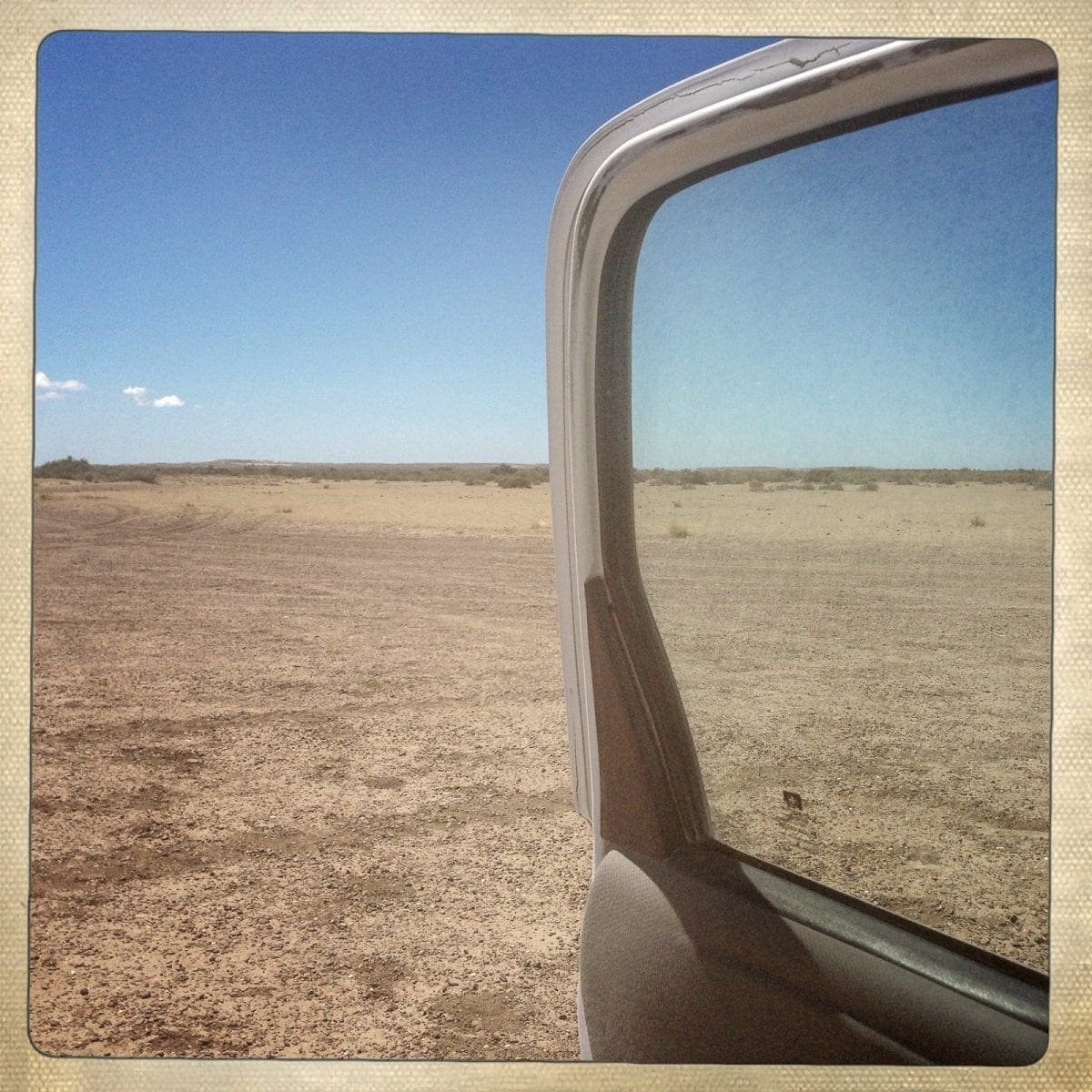Argentina is long and narrow. A strip of land of 3,700 km from north to south and 1,400 km from east to west (at the highest points). But seeing it on a map does not give a good idea of the endless of its horizons. It is necessary to go through its roads to translate the centres seen on maps into real distances.
We left Buenos Aires in a van heading south. With the books of Sepulveda and Chatwin in my mind, even though I knew their Patagonia would remain an emotion my eyes would not share. We leave the Capital Federal behind us, and in front of us, our gaze begins to lose itself where heaven and earth meet. A few urban agglomerations dot a continuous line here and there towards the end of the world.
A few hours pass, and the first stop-over still seems so far away. The van continues merrily along the road as the sun begins to set. I ask our Argentinian travelling companion if he knows how much longer it takes. ‘Una horita más‘ (one more hour), he replies. An hour is not that long, I convince myself. I can hold on, even if my legs are a little bit stiff, and my heart is quivering to breathe in the Patagonian air.
After more than an hour, however, we are still on the road. There are hardly any houses along the road, and there is only … the horizon. I ask Pablo again how much further it is. And he, with a warm smile, replies ‘Una horita más‘ and offers me a sip of his mate. And it went on like this for a few hours until, late at night, we arrived where we had planned to spend the night.
The hours have since become days, and the days weeks, but always at the rate of a horita más. Because distances are experienced differently here. Getting from one point to another can take up to many days. Days lived in the vastness of ugiareviano little urbanized space. And traveling in Argentina thus becomes almost a break that one takes from others to immerse oneself in one’s own thoughts. Or, an opportunity to share a mate that passes from hand to hand.


